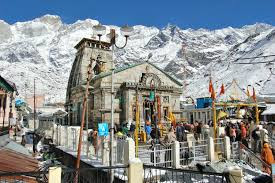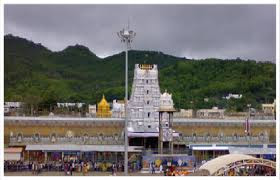BHAKTI YOGA : 3-1.

3. HOW TO CULTIVATE BHAKTI -1. It would be a gross mistake if you consider Bhakti as merely a stage of emotionalism, while it is actually a thorough discipline and training of one's will and the mind, a sure means to intuitive realization of God Almighty through intense love and affection for Him. It is a means to thorough apprehension of the true knowledge of Reality, beginning from the ordinary form of idol worship right upto the highest form of cosmic realisation of your oneness with Him. You can achieve this by following the eleven fundamental factors which Sri Ramanuja had prescribed. They are Abhyasa or practice of continuous thinking of God; Viveka or discrimination; Vimoka or freedom from everything else and longing for God; Satyam or truthfulness; Arjavam or straightforwardness; Kriya or doing good to others; Kalyana or wishing well-being to all; Daya or compassion; Ahimsa or non-injury; Dana or charity; and Anavasada or cheerfulness and optimism. People put























